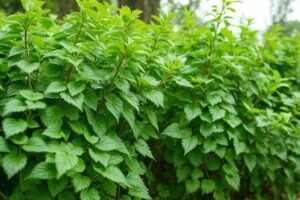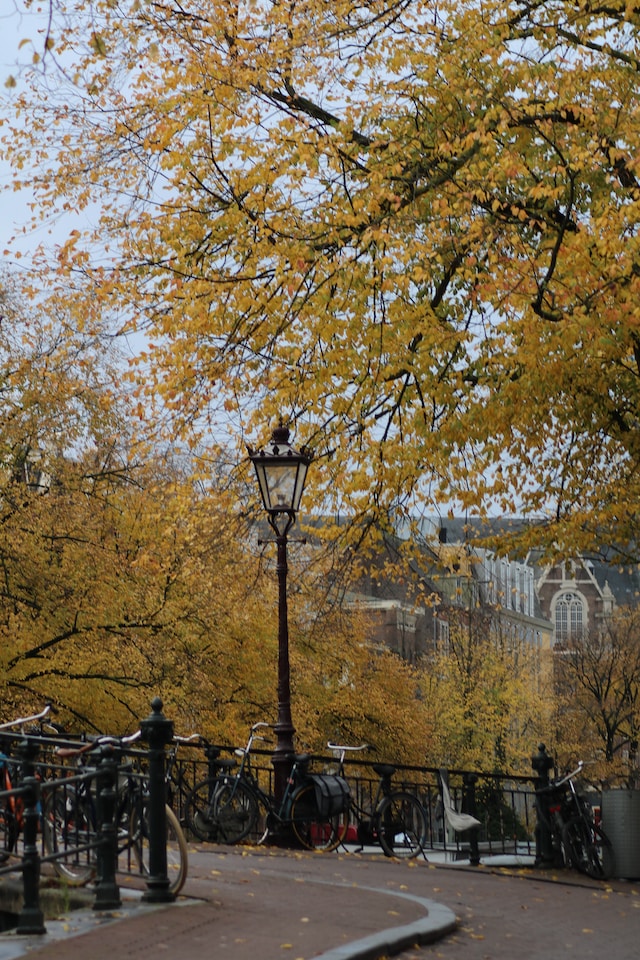Introduction
Trees are critical infrastructure that helps to improve the quality of life, health and safety for all residents by reducing energy bills, minimizing flood risks and improving air quality. Trees also serve as a natural barrier against windstorms, hurricanes and other disasters. These urban trees provide shade during hot summer months while offering protection from cold winter winds as well as sheltering birds, insects and other wildlife so they can thrive within city limits.
Urban tree planting can enhance quality of life and improve health.
The benefits of urban tree planting extend beyond aesthetics. Trees are critical infrastructure, providing shade and cooling in summer months, improving air quality and mitigating flooding during heavy rains.
In addition to these environmental benefits, trees also impact people’s health directly; they help us breathe easier by filtering harmful particulates out of the air we breathe while also reducing stress levels through their calming effect on our minds.
Tree planting helps cities adapt to climate change by increasing the urban heat island effect.
The urban heat island effect is the increase in temperature of a city compared to its surrounding rural areas. The main cause of this phenomenon is the replacement of trees and grass with concrete, which absorbs more heat than earth and water. Trees help reduce air temperature by as much as 10 degrees by shading buildings, absorbing carbon dioxide through photosynthesis, increasing evapotranspiration rates (the process by which moisture evaporates from plants), and removing airborne pollutants like ozone.
Urban trees also help reduce stormwater runoff–which can cause flooding and erosion–by slowing down rainfall so it doesn’t run off quickly into streams or other bodies of water without being absorbed first into soil or plant roots. This reduces pollution entering our waterways while helping keep them clean for drinking water purposes.[1]
Urban forests improve air quality by filtering pollutants out of the air.
Trees absorb carbon dioxide and release oxygen, which help reduce smog by absorbing airborne pollutants. They protect against asthma and other respiratory problems, making breathing easier for you and your loved ones.
Urban trees can filter out many pollutants, including nitrogen dioxide (a principal cause of acid rain), ozone (the main ingredient in smog), particulate matter (tiny particles that settle into lung tissue) and sulfur dioxide (an irritant).
Trees are critical infrastructure that reduces costs to taxpayers and homeowners.
By absorbing rainwater before it enters the stormwater system, trees reduce the need for expensive stormwater management infrastructure like pipes, drains, pumps and filtration systems.
In addition to preventing flooding in urban areas (which can be extremely costly), trees also help prevent erosion and sedimentation–another major source of taxpayer burden. Trees help keep soil in place so it doesn’t migrate downhill during heavy rains or windy storms. In other words: no tree means more dredging!
Trees improve property values, which translates into more tax dollars for local governments.
In fact, a study conducted by the American Forests organization found that each dollar spent on tree care generates an average of $6 in sales and property taxes. This means that if your city spends $10 million on street trees every year (which is pretty typical), it will receive an additional $60 million annually in sales tax revenue alone.
This is good news for homeowners too: if you’re paying less in property taxes because of your street tree’s value-adding benefits, then maybe you won’t need a second job just to pay off your mortgage!
Trees minimize storm surge risks, helping to prevent deaths and injuries during hurricanes and other natural disasters.
Trees can absorb rainwater, which would otherwise flow into storm drains. This reduces flooding and erosion, which helps keep our communities safe from damage caused by water overflow.
Trees also provide shade that keeps the temperature down during hot summer days, which means less power needed for air conditioning! This makes it easier for us all to stay cool when temperatures rise above 90 degrees Fahrenheit (32 degrees Celsius). And if you’ve ever been caught without power due to downed branches in your yard after a storm…you know how important it is that trees stay healthy enough so they don’t fall over onto power lines during high winds or heavy rains!
Trees in cities contribute to quality of life, health and safety, all while saving taxpayers money.
Trees can reduce the heat island effect by providing shade for people and buildings. This reduces energy costs for cooling in summer months as well as reducing risk of severe weather like hurricanes or tornadoes that are exacerbated by high temperatures. Trees also help filter air pollutants such as ozone (smog) and dust particles from the atmosphere, improving local air quality while reducing respiratory problems such as asthma attacks or pneumonia infections among children who live near highways with heavy traffic congestion.*
In addition to these benefits which improve our lives today, trees planted today also provide multiple benefits over time through their ability to store carbon dioxide (CO2) in their trunks and branches.*
Conclusion
Trees are a valuable resource for cities, and we need to make sure that they’re protected. Urban tree planting is an important way to improve quality of life and public health in our communities. By planting more trees and caring for those already there, we can create healthier urban environments that benefit everyone who lives in them – not just today but also tomorrow as we face challenges such as climate change or natural disasters like hurricanes.












